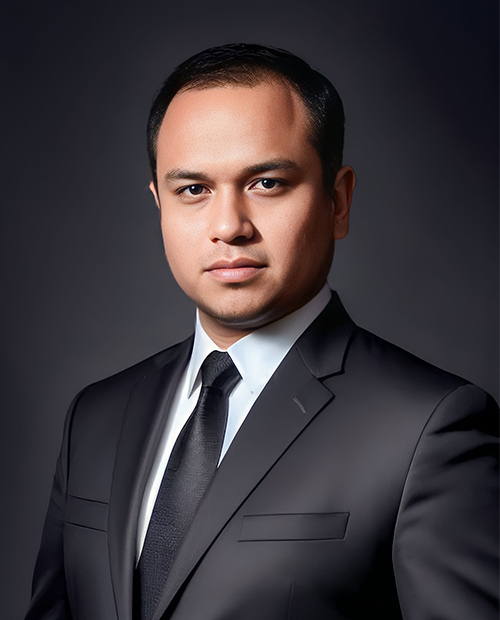Application of Singing Methods to Improve Indonesian Vocabulary in Early Childhood at RA Arrohman Jatisari Kedungreja Cilacap
Keywords:
Singing Methods, Vocabulary, Early Childhood, Language Learning, RA ArrohmanAbstract
Language learning in early childhood is essential in building their communication skills. One of the effective methods to improve children's vocabulary is through singing activities. This study aims to determine the effectiveness of the application of the singing method in improving early childhood Indonesian vocabulary at RA Arrohman Jatisari Kedungreja Cilacap. This study uses the Classroom Action Research (PTK) method with two cycles. Each cycle consists of planning, implementation, observation, and reflection. The subjects of the study were 15 children aged 4-5 years. Data were collected through observation, interviews, and vocabulary development tests. The results of the study show that the application of the singing method can increase the number of vocabulary understood and used by children in daily communication. In the first cycle, the increase in children's vocabulary reached 60%, while in the second cycle it increased to 85%. Thus, the singing method has proven to be effective in improving early childhood vocabulary mastery.Downloads
References
Brewster, J., Ellis, G., & Girard, D. (2002). The Primary English Teacher’s Guide. Pearson Education.
Brown, H. D. (2000). Principles of Language Learning and Teaching. Pearson Education.
Cameron, L. (2001). Teaching Languages to Young Learners. Cambridge University Press.
Ellis, R. (2008). The Study of Second Language Acquisition. Oxford University Press.
Harmer, J. (2007). The Practice of English Language Teaching. Pearson Longman.
Kemmis, S., & McTaggart, R. (2021). The Action Research Planner: Doing Critical Participatory Action Research. Springer.
Krashen, S. (1982). Principles and Practice in Second Language Acquisition. Pergamon Press.
Kusuma, D. (2021). “The Role of Singing in Enhancing Social Skills in Early Childhood.” Journal of Early Childhood Education, 8(3), 89-101.
Lightbown, P., & Spada, N. (2006). How Languages are Learned. Oxford University Press.
Moon, J. (2000). Children Learning English: A Guidebook for English Language Teachers. Macmillan.
Nurhidayati, R. (2019). Perkembangan Bahasa Anak Usia Dini dan Strategi Pembelajarannya. Yogyakarta: Deepublish.
Piaget, J. (1964). The Origins of Intelligence in Children. Norton & Company.
Pinter, A. (2006). Teaching Young Language Learners. Oxford University Press.
Rahmawati, A. (2022). “Efektivitas Metode Bernyanyi dalam Meningkatkan Kosakata Anak Usia Dini.” Jurnal Pendidikan Anak Usia Dini, 6(2), 45-57.
Richards, J. C., & Rodgers, T. S. (2001). Approaches and Methods in Language Teaching. Cambridge University Press.
Santrock, J. W. (2021). Child Development. McGraw-Hill Education.
Suparno. (2020). Metode Pembelajaran Kreatif di Pendidikan Anak Usia Dini. Jakarta: Rajawali Press.
Tomlinson, B. (2013). Developing Materials for Language Teaching. Bloomsbury Academic.
Vygotsky, L. S. (1978). Mind in Society: The Development of Higher Psychological Processes. Harvard University Press.
Yule, G. (2010). The Study of Language. Cambridge University Press.
Downloads
Published
How to Cite
Issue
Section
License

This work is licensed under a Creative Commons Attribution-ShareAlike 4.0 International License.









